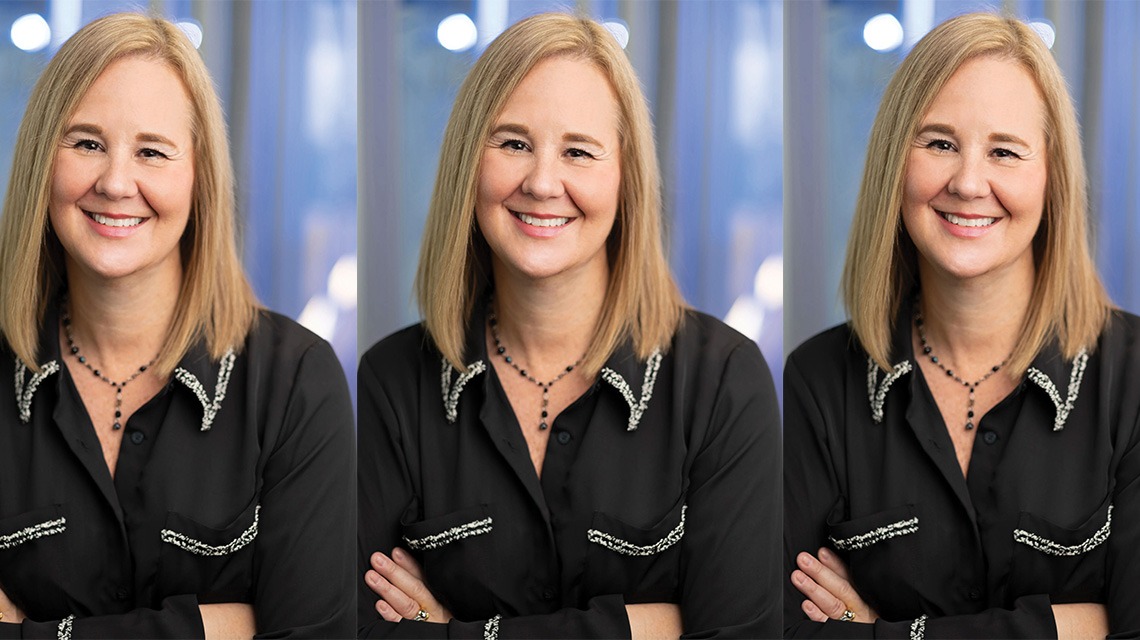Forging a planner-focused approach to the future of AI
Chantal Sturk-Nadeau’s blond locks are a familiar sight at meetings industry conferences. She served as executive director of business events with Destination Canada for no less than 7 years, with Tourism Winnipeg for 17 years before that and at a production company before that. For her next chapter, she was looking for a role that would take the experience she had and allow her to continue learning and growing. In July she started her new position as vice president at Spark & PCMA Insights, responsible for developing, executing and overseeing their AI tool in partnership with Singapore-based Gevme. We asked her how the first 90 days were going and what she sees on the horizon for meeting profs.
Q: What was your first reaction when you were introduced to artificial intelligence technology?
A: I always enjoyed pushing out the boundaries. When I was at London Tech Week promoting Canada, I started hearing about AI and was inspired to understand that whole side of the tech world. I’m not an expert at all in technology, but I could understand the impact it could have on people and their roles and jobs. Now it has come full circle, applying the technology to the industry I know the most.
Read More: Why AI Might Mean Salvation for the Meeting Industry
Q: What will be your mandate in your new role at Spark?
A: I’m an in-between, ensuring that we’re creating the best tool for the industry while providing insight from users, including our team of 90 staff using it in different ways. At the same time, I will be selling, promoting, demonstrating and teaching. My job is to make sure that this tool gets out to market and gets people educated and using it. Spark now has 9,000 users in 67 countries. I just want to make sure our industry is not left behind.
Q: What do you, personally, use AI for?
A: In the beginning, I used it a lot more for research because it was more actionable than Google. Now, I am learning more about the product from event professionals on my listening tour and I am starting to dabble with marketing and content generation. It makes me sound so much better and it is so fast. That is how I see most people using it, too. It is popular for everything from building agendas to crafting social posts, session descriptions, speaker bios, summarizing texts using personalized tones—all those things that would take a lot of time.
The other opportunity for our industry is to use it for research and brainstorming. It surfaces new ideas that may not be perfect, but they can act as a starting point for more discussion.
I’m a little bit of a data geek, so I love the analytical side of it, which can pinpoint powerful insights in big data trends like years of feedback surveys or attendance trends.
Q: Where is the meetings and events industry on the AI adoption curve?
A: Not everyone is in the same place and the variation is not an age or demographic thing. I’ve met people in their 60s who are using AI like there’s no tomorrow and people in their 20s who refuse to try it because if a lot of universities ban AI. We have found that those in the APAC (Asia-Pacific) region seem to have the most experience with the technology.
Read More: The Future of Event Tech Trends, According to Cvent’s Brian Ludwig
Q: What is holding people back? What are their major concerns?
A: There are a lot of data privacy and ethical concerns, especially on the corporate side with OpenAI. That is where a paid, industry-specific model can help. Others worry about the accuracy of the information and the inherent bias of a technology developed largely by men. That is why we need to ensure inclusivity in the answers coming back.
For meeting professionals, in particular, who are often stronger in human skills than technology skills, some are hesitant to have to learn another job. They are worried that it will take their job. The truth is that AI will not replace our essential skills as an event organizer, but working with AI will help streamline our tasks. It’ll enable event professionals to focus on creativity, personalization and help us building genuine connections with attendees.
This article appears in the September/October 2024 issue. You can subscribe to the magazine here.




